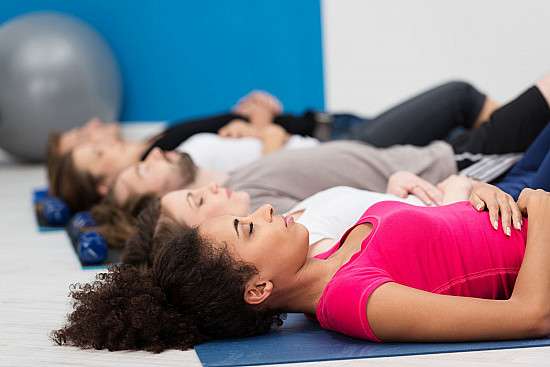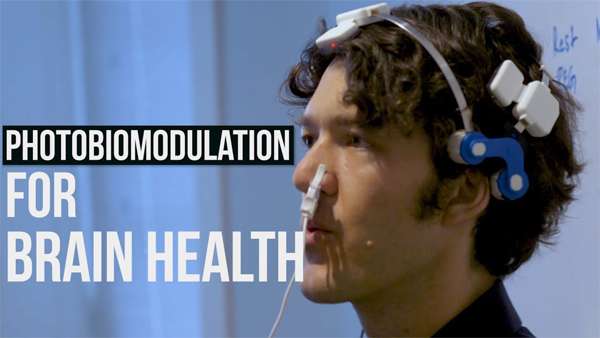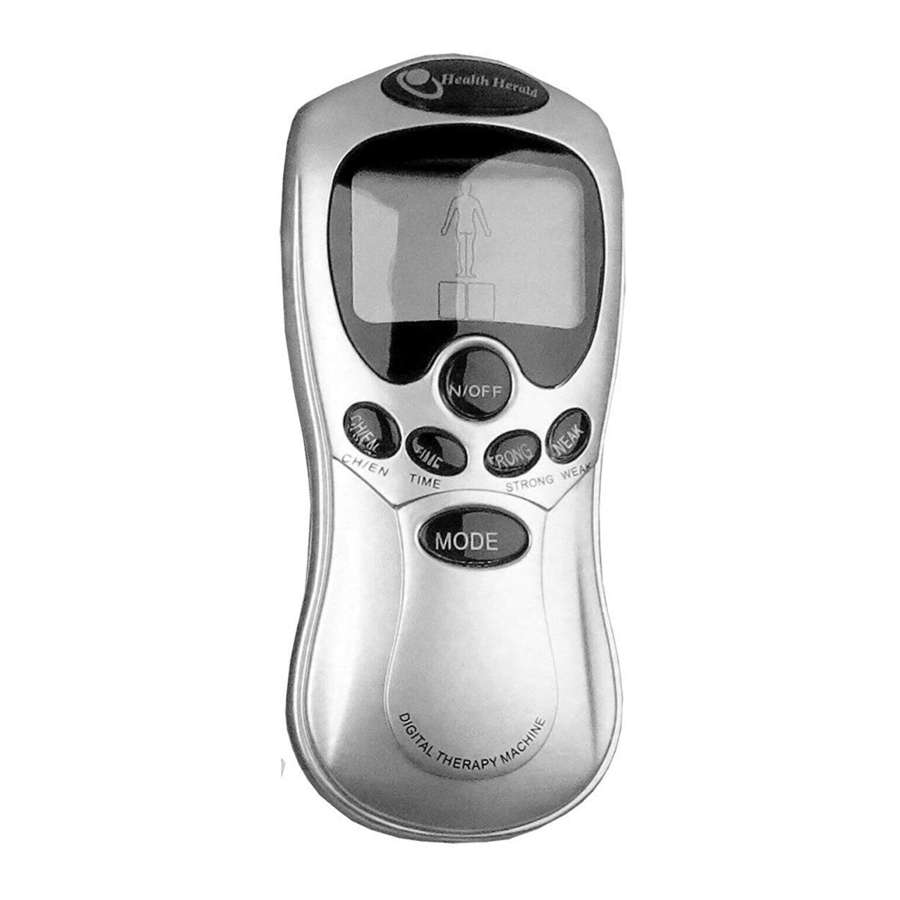This calming breathing technique for stress, anxiety and panic takes just a few minutes and can be done anywhere.
You will get the most benefit if you do it regularly, as part of your daily routine.
You can do it standing up, sitting in a chair that supports your back, or lying on a bed or yoga mat on the floor.
Make yourself as comfortable as you can. If you can, loosen any clothes that restrict your breathing.
If you’re lying down, place your arms a little bit away from your sides, with the palms up. Let your legs be straight, or bend your knees so your feet are flat on the floor.
If you’re sitting, place your arms on the chair arms.
If you’re sitting or standing, place both feet flat on the ground. Whatever position you’re in, place your feet roughly hip-width apart.
- Let your breath flow as deep down into your belly as is comfortable, without forcing it.
- Try breathing in through your nose and out through your mouth.
- Breathe in gently and regularly. Some people find it helpful to count steadily from 1 to 5. You may not be able to reach 5 at first.
- Then let it flow out gently, counting from 1 to 5 again, if you find this helpful.
- Keep doing this for at least 5 minutes.
Take a deep breath in. Now let it out. You may notice a difference in how you feel already. Your breath is a powerful tool to ease stress and make you feel less anxious. Some simple breathing exercises can make a big difference if you make them part of your regular routine.
Before you get started, keep these tips in mind:
- Choose a place to do your breathing exercise. It could be in your bed, on your living room floor, or in a comfortable chair.
- Don’t force it. This can make you feel more stressed.
- Try to do it at the same time once or twice a day.
- Wear comfortable clothes.
Many breathing exercises take only a few minutes. When you have more time, you can do them for 10 minutes or more to get even greater benefits.
Breathing exercises offer an extremely simple, effective, and convenient way to relieve stress and reverse your stress response, reducing the negative effects of chronic stress. There are definite benefits of breathing exercises. While simple diaphragmic breathing can provide relaxation and stress relief, there are several different types of breathing exercises to try, each with its own twist. Here are several breathing exercises, some of which are commonly recommended, some of which are unique, and all of which can each offer help in managing stress. This is an easy exercise that only takes a few minutes. Here’s how.
Mindful Diaphragmic Breathing
Get into a comfortable position, close your eyes, and start to notice your breath. Before you begin to alter it, pay attention to the pace and depth. Are you taking deep breaths or shallow ones? Are you breathing quickly or slowly? (Becoming aware of your breathing can help you to become more mindful of your body’s response to stress, and can help you to notice when you need to deliberately relax your breathing.)
Counted Breathing
Counting your breaths can be helpful, both for pacing and as a form of meditation. This technique helps with pacing—it enables you to elongate your breath and stretch out your exhales. There are a few ways to do this.
- As you inhale, place your tongue on the roof of your mouth right behind your teeth, then breathe through your nose and slowly count down from five; on the exhale, let the air escape through your mouth and count back up to eight. Then repeat. This helps you to really empty your lungs and relax into each breath.
- A variation of this is known as “4-7-8 breathing,” and is recommended by wellness expert Dr. Andrew Weil. With this option, you inhale for a count of four, wait for a count of seven, and exhale for a count of eight. This allows you to pause between breaths and really slow things down. When you’re first starting out, practice 4-7-8 breathing for four breaths, and then gradually work your way up to eight full breaths.
Set Your Own Pace
Experiment with whatever ratio feels comfortable to you, and see if it helps you to feel relaxed. The act of counting as you breathe still helps you to maintain a steady pace and keep your mind on your breath and the present moment, so it is still more effective than simply breathing regularly and unconsciously.
Visualization Breathing: Inflating the Balloon
Get into a comfortable position, close your eyes, and begin breathing in through your nose and out through your mouth. As you inhale, imagine that your abdomen is inflating with air like a balloon. As you exhale, imagine that the air is escaping the balloon slowly. Remember, you do not have to force the air out; it simply escapes on its own, in its own time. You may want to imagine the balloon as your favorite color, or that you are floating higher in the sky with each breath if this is relaxing for you. Regardless, the “inflating balloon” visualization can help you to breathe deeply from your diaphragm rather than engaging in shallow breathing that can come from stress.
Visualization Breathing: Releasing Your Stress
Get into a comfortable position, close your eyes, and start diaphragmic breathing. As you inhale, imagine that all the stress in your body is coming from your extremities and into your chest. Then, as you exhale, imagine that the stress is leaving your body through your breath and dissipating right in front of you. Slowly, deliberately repeat the process. After several breaths, you should feel your stress begin to subside.
Deep, Cleansing Breath
Sometimes all you need to release stress from your shoulders, back, or the rest of your body is a few big, cleansing breaths. Breathe in deeply through your nose, and take in as much air as you comfortably can. Then release it, and really focus on emptying your lungs. (Many people hold air in their lungs after an exhale, so emptying your lungs on a deep exhale can help you to get more fresh oxygen into them.) Repeat this breathing exercise for a few breaths and release the tension in your back, your shoulders, and anywhere else it tends to reside.
Alternate Nostril Breathing
This breathing exercise variation has been practiced for thousands of years as a form of meditative breathing. As you inhale, place your finger over your right nostril and only breathe through your left. On the exhale, switch nostrils and only breathe through your right. You can breathe at whatever pace is comfortable for you, either a 5-8 ratio, a 4-7-8 ratio or whatever pace feels most relaxing for you (see “counted breathing,” above). Repeat this exercise for up to five minutes.
Explore More Options
There are numerous other ways to practice breathing exercises, but these are some of the most popular and effective. Experiment and see which work best for you.
If you’re interested in trying breathing exercises to reduce stress or improve your lung function, there are several ways to start. To make it easier, begin with those you find most enjoyable.

Share on Pinterest
Breathing exercises don’t have to take a lot of time out of your day. It’s just about setting aside time to pay attention to your breathing. Here are a few ideas to get started:
- Begin with just 5 minutes a day, and increase your time as the exercise becomes easier and more comfortable.
- If 5 minutes feels too long, start with just 2 minutes.
- Practice multiple times a day. Schedule set times or practice conscious breathing as you feel the need.
Read on to learn how to do 10 different breathing exercises. You may find that certain respiratory exercises appeal to you right away.
1. Pursed lip breathing

Share on Pinterest
Gifs by Active Body. Creative Mind
This simple breathing technique makes you slow down your breathing pace by having you apply deliberate effort in each breath.
You can practice pursed lip breathing at any time. It may be especially useful during activities such as bending, lifting, or stair climbing.
Practice using this breath 4 to 5 times a day when you begin so that you can correctly learn the breathing pattern.
To do it:
- Relax your neck and shoulders.
- Keeping your mouth closed, inhale slowly through your nose for 2 counts.
- Pucker or purse your lips as though you were going to whistle.
- Exhale slowly by blowing air through your pursed lips for a count of 4.
2. Diaphragmatic breathing

Share on Pinterest
Gifs by Active Body. Creative Mind
Diaphragmatic breathing (aka belly breathing) can help you use your diaphragm properly. Do belly breathing exercises when you’re feeling relaxed and rested.
A 2020 meta-analysis shows this type of breathing is particularly helpful in people with breathing challenges due to chronic obstructive pulmonary disease (COPD), heart problems, or cancer.
It may also help reduce stress and help with challenges related to eating disorders, constipation, high blood pressure, migraine episodes, and other health conditions.
Practice diaphragmatic breathing for 5 to 10 minutes 3 to 4 times daily.
When you begin, you may feel tired, but over time the technique should become easier and should feel more natural.
- Lie on your back with your knees slightly bent and your head on a pillow.
- You may place a pillow under your knees for support.
- Place one hand on your upper chest and one hand below your rib cage, allowing you to feel the movement of your diaphragm.
- Slowly inhale through your nose, feeling your stomach pressing into your hand.
- Keep your other hand as still as possible.
- Exhale using pursed lips as you tighten your abdominal muscles, keeping your upper hand completely still.
You can place a book on your abdomen to make the exercise more difficult. Once you learn how to do belly breathing lying down, you can increase the difficulty by trying it while sitting in a chair. You can then practice the technique while performing your daily activities.
3. Breath focus technique
Share on Pinterest
Gifs by Active Body. Creative Mind
This deep breathing technique uses imagery or focus words and phrases.
You can choose a focus word that makes you smile, feel relaxed, or is simply neutral. Examples include peace, let go, or relax, but it can be any word that suits you to focus on and repeat through your practice.
As you build up your breath focus practice, you can start with a 10-minute session. Gradually increase the duration until your sessions are at least 20 minutes.
To do it:
- Sit or lie down in a comfortable place.
- Bring your awareness to your breaths without trying to change how you’re breathing.
- Alternate between normal and deep breaths a few times. Notice any differences between normal breathing and deep breathing. Notice how your abdomen expands with deep inhalations.
- Note how shallow breathing feels compared to deep breathing.
- Practice your deep breathing for a few minutes.
- Place one hand below your belly button, keeping your belly relaxed, and notice how it rises with each inhale and falls with each exhale.
- Let out a loud sigh with each exhale.
- Begin the practice of breath focus by combining this deep breathing with imagery and a focus word or phrase that will support relaxation.
- You can imagine that the air you inhale brings waves of peace and calm throughout your body. Mentally say, “Inhaling peace and calm.”
- Imagine that the air you exhale washes away tension and anxiety. You can say to yourself, “Exhaling tension and anxiety.”
4. Lion’s breath
Share on Pinterest
Gifs by Active Body. Creative Mind
Lion’s breath is an energizing yoga breathing practice that is said to relieve tension in your chest and face.
It’s also known in yoga as Lion’s Pose or Simhasana in Sanskrit.
To do this:
- Come into a comfortable seated position. You can sit back on your heels or cross your legs.
- Press your palms against your knees with your fingers spread wide.
- Inhale deeply through your nose and open your eyes wide.
- At the same time, open your mouth wide and stick out your tongue, bringing the tip down toward your chin.
- Contract the muscles at the front of your throat as you exhale out through your mouth by making a long “haaa” sound.
- You can turn your gaze to look at the space between your eyebrows or the tip of your nose.
- Do this breath 2 to 3 times.
5. Alternate nostril breathing
Share on Pinterest
Gifs by Active Body. Creative Mind
Alternate nostril breathing, known as Nadi Shodhana Pranayama in Sanskrit, is a breathing practice for relaxation.
Alternate nostril breathing has been shown to enhance cardiovascular function and lower heart rate.
Nadi Shodhana is best practiced on an empty stomach. Avoid the practice if you’re feeling sick or congested. Keep your breath smooth and even throughout the practice.
To do this:
- Choose a comfortable seated position.
- Lift your right hand toward your nose, pressing your first and middle fingers down toward your palm and leaving your other fingers extended.
- After an exhale, use your right thumb to gently close your right nostril.
- Inhale through your left nostril and then close your left nostril with your right pinky and ring fingers.
- Release your thumb and exhale out through your right nostril.
- Inhale through your right nostril and then close this nostril.
- Release your fingers to open your left nostril and exhale through this side.
- This is one cycle.
- Continue this breathing pattern for up to 5 minutes.
- Finish your session with an exhale on the left side.
6. Equal breathing
Share on Pinterest
Gifs by Active Body. Creative Mind
Equal breathing is known as Sama Vritti in Sanskrit. This breathing technique focuses on making your inhales and exhales the same length. Making your breath smooth and steady can help bring about balance and equanimity.
Research on older adults with high blood pressure showed that this technique may help improve mental well-being and increase the oxygen supply to the brain and lungs.
You should find a breath length that is not too easy and not too difficult. You also don’t want it to be too fast in order to maintain it throughout the practice. Usually, this is between 3 and 5 counts.
Once you get used to equal breathing while seated, you can do it during your yoga practice or other daily activities.
To do it:
- Choose a comfortable seated position.
- Breathe in and out through your nose.
- Count during each inhale and exhale to make sure they are even in duration. Alternatively, choose a word or short phrase to repeat during each inhale and exhale.
- You can add a slight pause for breath retention after each inhale and exhale if you feel comfortable. (Normal breathing involves a natural pause.)
- Continue practicing this breath for at least 5 minutes.
7. Resonant or coherent breathing
Share on Pinterest
Gifs by Active Body. Creative Mind
Resonant breathing, also known as coherent breathing, is when you breathe at a rate of 5 full breaths per minute. You can achieve this rate by inhaling and exhaling for a count of 5.
Breathing at this rate maximizes your heart rate variability (HRV), reduces stress, and, according to one 2017 study, can reduce symptoms of depression when combined with Iyengar yoga.
To do this:
- Inhale for a count of 5.
- Exhale for a count of 5.
- Continue this breathing pattern for at least a few minutes.
8. Sitali breath
Share on Pinterest
This yoga breathing practice helps you lower your body temperature and relax your mind.
Slightly extend your breath in length but don’t force it. Since you inhale through your mouth during Sitali breath, you may want to choose a place to practice that’s free of any allergens that affect you and air pollution.
To do this:
- Choose a comfortable seated position.
- Stick out your tongue and curl your tongue to bring the outer edges together.
- If your tongue doesn’t do this, you can purse your lips.
- Inhale through your mouth.
- Exhale out through your nose.
- Continue breathing like this for up to 5 minutes.
9. Deep breathing
Share on Pinterest
Gifs by Active Body. Creative Mind
Deep breathing helps to relieve shortness of breath by preventing air from getting trapped in your lungs and helping you to breathe in fresher air. It may help you to feel more relaxed and centered.
To do this:
- While standing or sitting, draw your elbows back slightly to allow your chest to expand.
- Take a deep inhalation through your nose.
- Retain your breath for a count of 5.
- Slowly release your breath by exhaling through your nose.
10. Humming bee breath (Bhramari)
Share on Pinterest
Gifs by Active Body. Creative Mind
This yoga breathing practice’s unique sensation helps create instant calm and is especially soothing around your forehead.
Some people use humming bee breath to relieve frustration, anxiety, and anger. Research shows it may help reduce your heart rate, think more clearly, and feel less irritable or stressed.
Of course, you’ll want to practice it in a place where you’re free to make a humming sound.
To do this:
- Choose a comfortable seated position.
- Close your eyes and relax your face.
- Place your first fingers on the tragus cartilage that partially covers your ear canal.
- Inhale and gently press your fingers into the cartilage as you exhale.
- Keeping your mouth closed, make a loud humming sound.
- Continue for as long as is comfortable.
The takeaway
You can try most of these breath exercises right away. Take the time to experiment with different types of breathing techniques. Dedicate a certain amount of time at least a few times per week. You can do these exercises throughout the day.
Check in with your doctor if you have any medical concerns or take medications. If you want to learn more about breathing practices, you can consult a respiratory therapist or a yoga teacher who specializes in breathing practices. Discontinue the practice if you experience any feelings of discomfort or agitation.



